
Samuel Johnson’s 1755 Dictionary of the English Language defines lizard as “an animal resembling a serpent, with legs added to it.”

Samuel Johnson’s 1755 Dictionary of the English Language defines lizard as “an animal resembling a serpent, with legs added to it.”

Srinivasa Ramanujan devised this magic square to mark his own birthday. He began with a Latin square (upper right) in which the numbers 1, 2, 3, and 4 appear in each row, column, and long diagonal as well as in the four corners, the four central squares, the middle squares in the top and bottom rows, and the middle squares in the outermost columns. Note the adjustments that would be necessary to reduce the four top cells to zero, and arrange these adjustments in the diagonally reflected pattern shown in the upper left. Now adding these two squares together produces the square in the lower left, which gives us a formula for creating a magic square based on any date (in the format 1 January 2001). The example at lower right is based on Ramanujan’s own birthday, 22 December 1887 (so D = day = 22, M = month = 12, C = century = 18, and Y = year = 87). In this example all 16 numbers are distinct, but that won’t be the case with every date.
You and a friend agree to meet on New Year’s Day at the Mozart Café in Vienna. You fly separately to the city but are dismayed to learn that it contains multiple cafés by that name.
What now? On the first day each of you picks a café at random, but unfortunately you choose different locations. On the second day you could both go out searching cafés, but you might succeed only in “chasing each other’s tails.” On the other hand, if you both stay where you are, you’ll certainly never meet. What is your best course, assuming that you can’t communicate and that you must adopt the same strategy (with independent randomization)?
This distressingly familiar problem remains largely unsolved. If there are 2 cafés then the best course is to choose randomly between them each day. If there are 3 cafés, then it’s best to alternate between searching and staying put (guided by certain specified probabilities). But in cases of 4 or more cafés, the best strategy is unknown.
In 2007 a reader wrote to the Guardian, “I lost my wife in the crowd at Glastonbury. What is the best strategy for finding her?” Another replied, “Start talking to an attractive woman. Your wife will reappear almost immediately.”
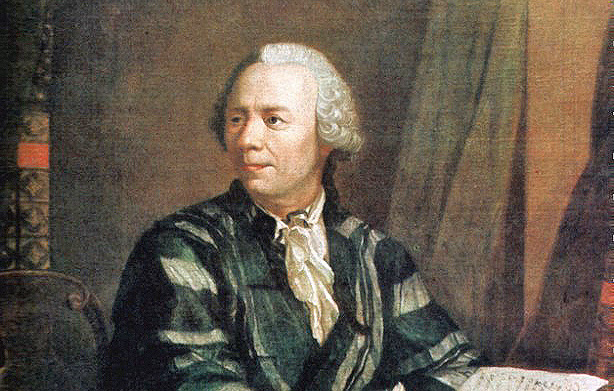
Staggering fact: Science historian Clifford Truesdell estimates that “[a]pproximately one-third of the entire corpus of research on mathematics and mathematical physics and engineering mechanics published in the last three-quarters of the eighteenth century” was written by a single person, Leonhard Euler.
The work of compiling Euler’s scientific writings has been going on since 1908 and will fill 81 volumes when complete. Mathematician William Dunham writes, “A typical volume of the Opera Omnia is large, running from 400 to 500 pages — although some contain over 700. In size and weight, such a volume resembles its counterpart from (say) the Encyclopedia Britannica. No one short of an athlete could carry more than five or six at once, and to cart off the entire collection — over 25,000 pages in all – would require a forklift.”
Laplace wrote, “Read Euler, read Euler, he is the master of us all.”
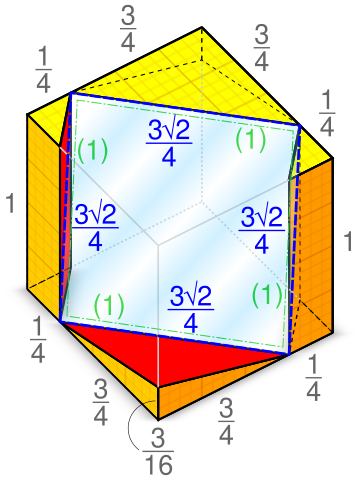
In the 17th century, Prince Rupert of the Rhine wondered whether one cube might pass through another of the same size. John Wallis showed that the answer is yes, and, perversely, Pieter Nieuwland showed a century later that one cube can even accept another larger than itself — fully 6 percent larger in the optimal case. The diagram above shows the dimensions (blue) of a square tunnel through a unit cube that will accommodate a second unit cube (green) with room to spare.
Remarkably, all five Platonic solids have the “Rupert property” — a regular tetrahedron, for example, will fit through an identical tetrahedron if the hole is contrived cleverly enough. Whether every convex polyhedron can perform this unlikely feat is an open question.
The Pythagorean theorem has a reciprocal variant:
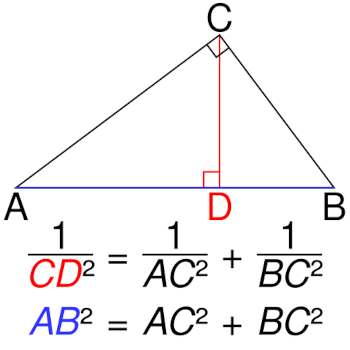
In combination with the inverse-square law, this means that identical lamps placed at A and B will produce the same light intensity at C as a single lamp at D.
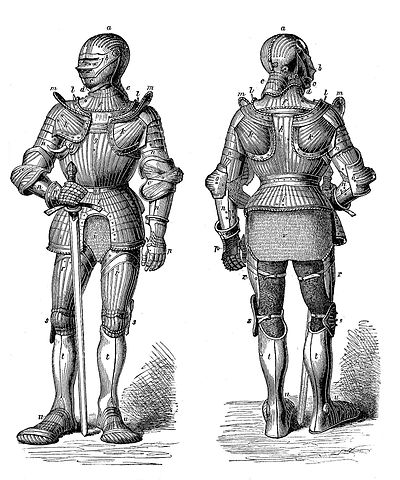
07/17/2024 UPDATE: Several readers point out, correctly, that carbon is hardly the only elemental “chemical word” — indeed, some elements can be spelled in multiple ways. I’ve assembled this list from multiple contributions:
ArSeNiC ArSeNIC
AsTaTiNe
BiSmUTh BISmUTh
CArBON CaRbON
CoPPEr COPPEr
IrON
KrYPtON
NeON
OGaNeSSON OGaNEsSON
PHoSPHoRuS PHOSPHoRuS PHOsPHoRuS PHoSPHORus PHOSPHORuS PHOsPHORuS
SiLiCoN SiLiCON SILiCON SILiCoN
SiLvEr SILvEr
TeNNeSSINe TeNNEsSiNe TeNNEsSINe
TiN
XeNON XeNoN
TiN is even a valid compound, titanium nitride.
Of these Borgmann had found arsenic, carbon, iron, neon, phosphorus, silicon, and xenon when he wrote in 1974, “surely the most unusual is CARBON which can be factored into elements not including itself.” But that property wasn’t unique even within his limited list, as can be seen above.
Many thanks to readers Gareth McCaughan, Catalin Voinescu, and Eric Harshbarger for writing in about this.
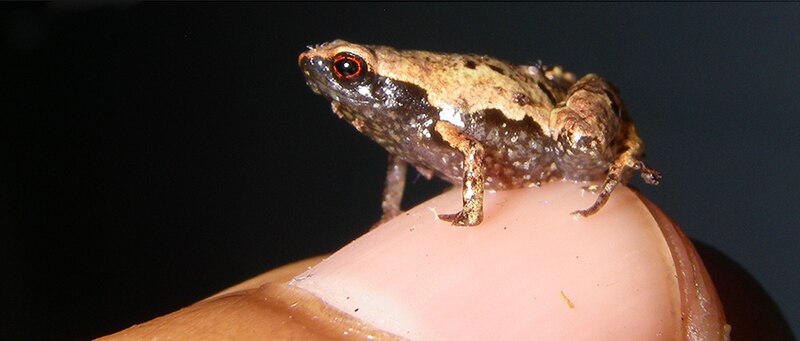
In 1977, on receiving a package of insect specimens from a colleague, entomologist Arnold Menke exclaimed, “Aha, a new genus!” His colleague Eric Grissell responded “Ha” doubtfully. Menke was proven right and named the species, an Australian wasp, Aha ha. He ordered a custom registration plate for his car bearing the same phrase. Further odd names.
Suppose that each country on Earth has a colony on the moon and that we want to draw maps on which each nation’s territory receives a consistent color. How many colors would we need?
In 1980 Thom Sulanke showed that we might need as many as nine (above), but it’s possible that a particularly challenging map would require more than that. The problem remains unsolved.